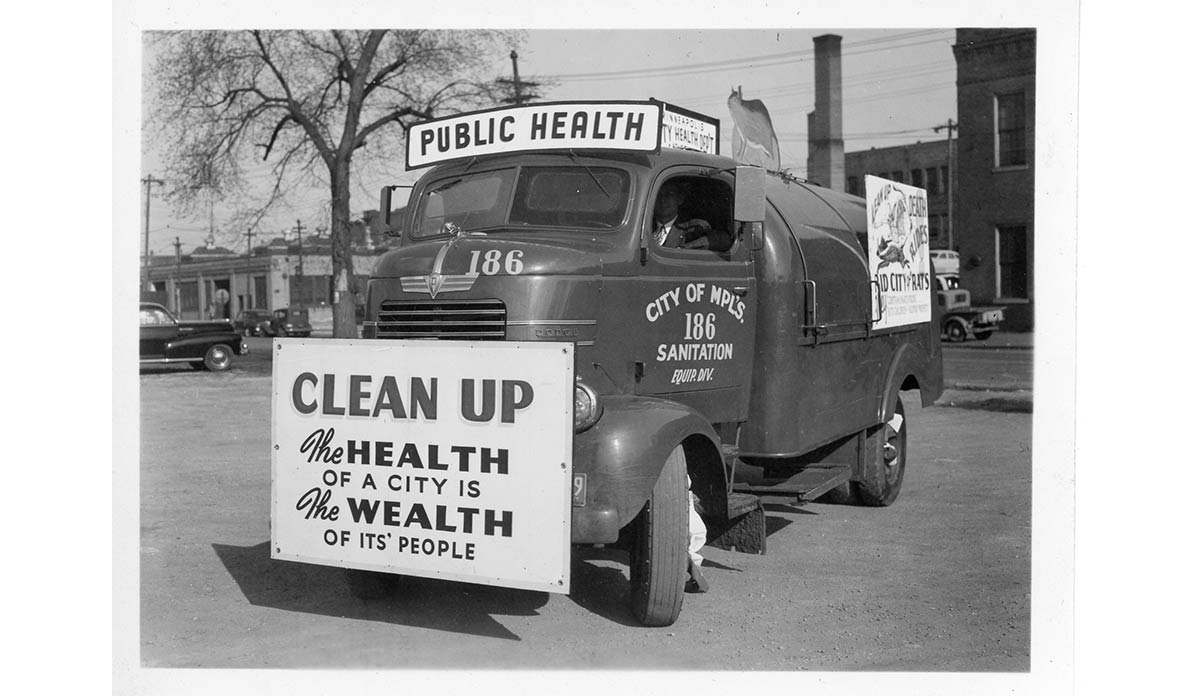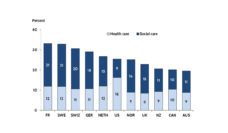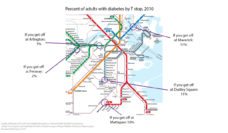When was the last time someone asked you: “But what do you actually do?” Did you have a clear and pithy answer? My mentor and colleague, the late Dr. Bill Bicknell, did: “Public health is the art of deciding who dies when and in what degree of misery.” His definition is intended to deflate the collective idealism of our profession. Bill wanted his students to know that, because public health focuses on populations rather than individuals, they are shouldering a weighty responsibility. His less cynical definition of public health as “the art and science of deciding who lives a longer, less miserable, and happier life” still lets some of the air out of our idealism but stops short of puncturing it.
Bill’s definitions were a spin on the optimistic explanations of public health offered by the World Health Organization in 1988 as “the art and science of preventing disease, prolonging life and promoting health through the organized efforts of society.” Historically, the focus of these efforts has been preventing disease and disability at a population level. John Snow taking the handle off the Broad Street pump to stop cholera transmission in London, childhood vaccination, and tobacco control are just a few examples. The definition has broadened over the years to include organizing and delivering health care, increasing access to effective treatment, understanding the contextual factors that produce health (including sex, race, economic status, and educational attainment), and advocating for social justice.
The American Public Health Association infographic below communicates all the positive things that our profession does, reinforcing the maxim that when public health is working you don’t know it’s there. The life and death responsibility of public health is visible only when it breaks down (the Flint water crisis comes immediately to mind).
In other words, public health is everything. PHP embraces this broad definition and we challenge ourselves and our readers to grapple with the positive and negative outcomes of our attention and, even more importantly, of our inattention. Personally, I prefer Bill’s first definition because it reminds me to be humble. Every decision we make to pursue positive gains for one population can have dire unintended consequences for another.
As PHP launches into 2018, we are eager to hear from our readers. Do you have a definition or example of public health in action that you would like to share? If so, please share your ideas with me at jenbeard[at]bu.edu.

Feature image: City of Minneapolis Archives, Public Health Truck, 1947, used under CC BY 2.0. Infographic from the American Public Health Association.














